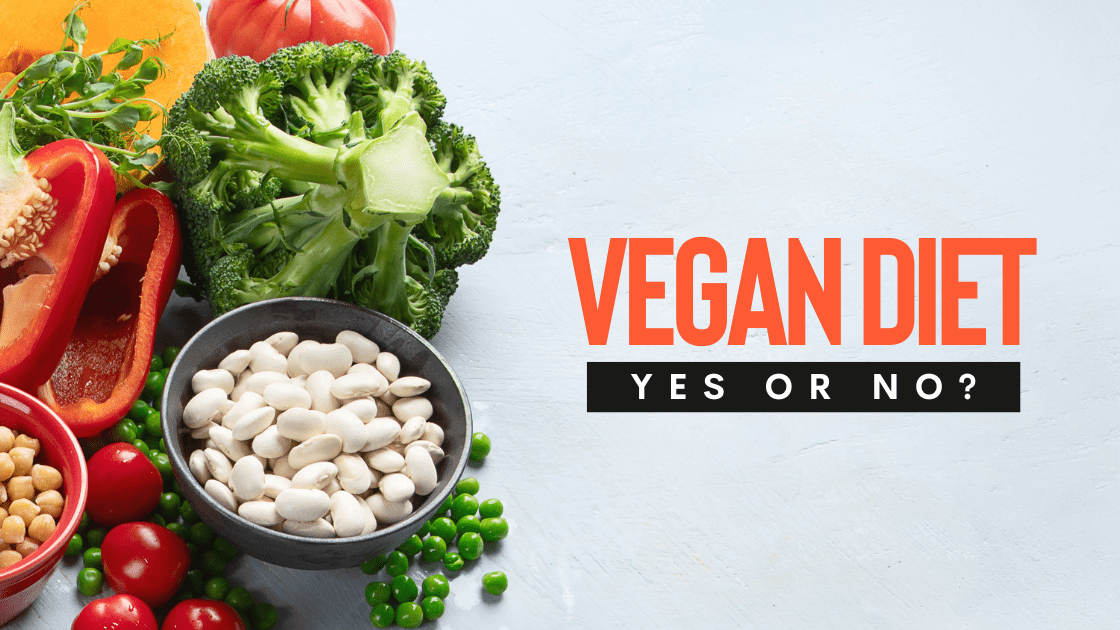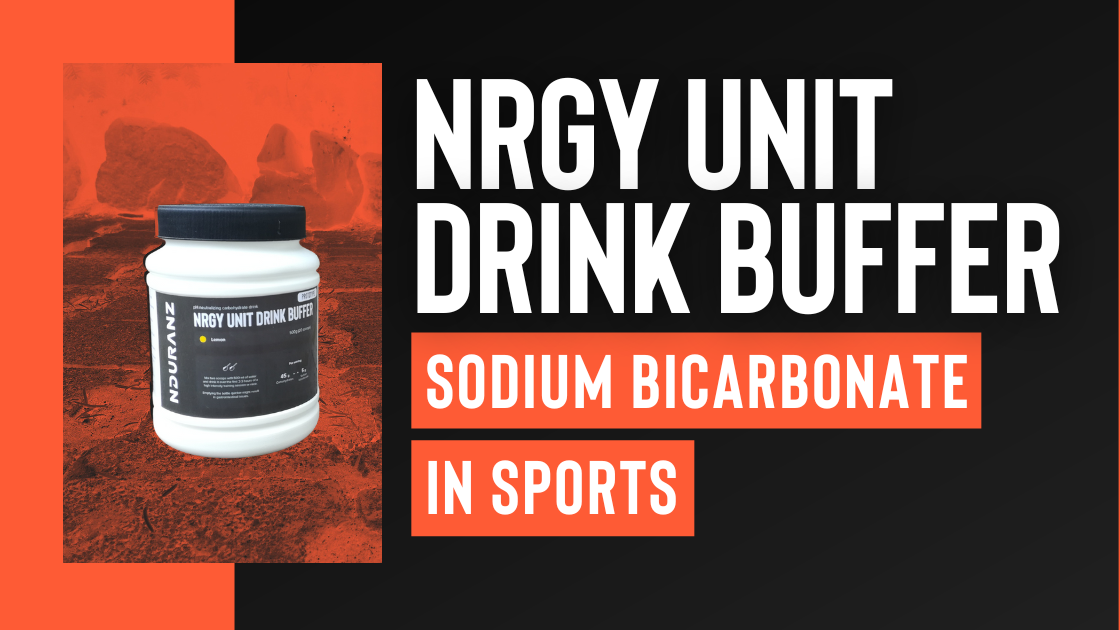The Story of Nrgy Unit Gel
Energy gels have been used by endurance athletes for years. Their main goal is to provide energy in a compact carbohydrate form so that athletes can keep the energy required in their pockets. Their composition is usually such that they can easily be swallowed and that subsequent digestion and absorption are rapid.
Most energy gels on the market contain 20 grams of carbohydrates and most commonly they only contain glucose-based carbohydrates. Rarely do we find composite carbohydrate gels with a 2:1 ratio of glucose-based carbohydrates (such as) maltodextrin and fructose.
This leads into two problems.
First, 20 grams of carbohydrates per gel isn't much considering that elite athletes ingest even more than 100 grams of carbohydrates per hour. This results in athletes being required to open a gel every 10-20 minutes, which presents an issue in mass start events when paying attention to opening a gel rather than the race is very problematic.
Second, the carbohydrate composition very often differs between the gel and the sports drink, making it impossible to mix and match them freely. It is well established that up to 60 grams of ingested glucose-based carbohydrates can be utilized per hour. So, if a gel only contains glucose-based carbohydrates, you cannot concomitantly use a sports drink as well. This presents a challenge for nutritionists, as it is extremely difficult to give advice to athletes on how to combine different carbohydrate sources.
So, we came up with a solution to both problems.
We created a bigger gel, initially with 40 grams of carbohydrates and now with 45 grams as intended, so that the frequency when a gel needs to be taken by athletes is highly reduced, which gives athletes more time to focus on the race.
We created our product with a “mix and match” strategy in mind, so it has the same 1:0.8 ratio between glucose-based carbohydrates and fructose as the rest of our product line. This way you can easily choose the preferred carbohydrate source (drink or gel) without worrying whether the products are compatible in a way that would impair the optimal carbohydrate intake.
We also added the Nduranz Electrolyte Mix to the gels so that if it is combined with water, which is usually the case, you still get the electrolytes you are losing during exercise.
The first iteration of the gel consisted of 40 grams of carbohydrates in 60 ml packaging, and the carbohydrates included were maltodextrin and fructose, the same as in the Nrgy Unit Drink. However, this was not ideal, as we wanted to create an Nrgy Unit Gel, which means it has to contain 45 grams of carbohydrates per gel.
With plenty of additional testing, we were eventually able to get 45 grams of carbohydrates in the same 60 ml packaging without markedly different taste and structure. We achieved this by substituting a small amount of maltodextrin with glucose.
The Nrgy Unit Gel is now finally in the form we always wanted it to be, and we are happy to collect your feedback on its taste and efficiency.
NDURANZ TRAINING & NUTRITION SYSTEM
Download our 37-page e-book and get a tangible training system with a nutrition system anyone can follow. It will show you step-by-step actions you need to take to bring your performance to the next level. Train smarter.


